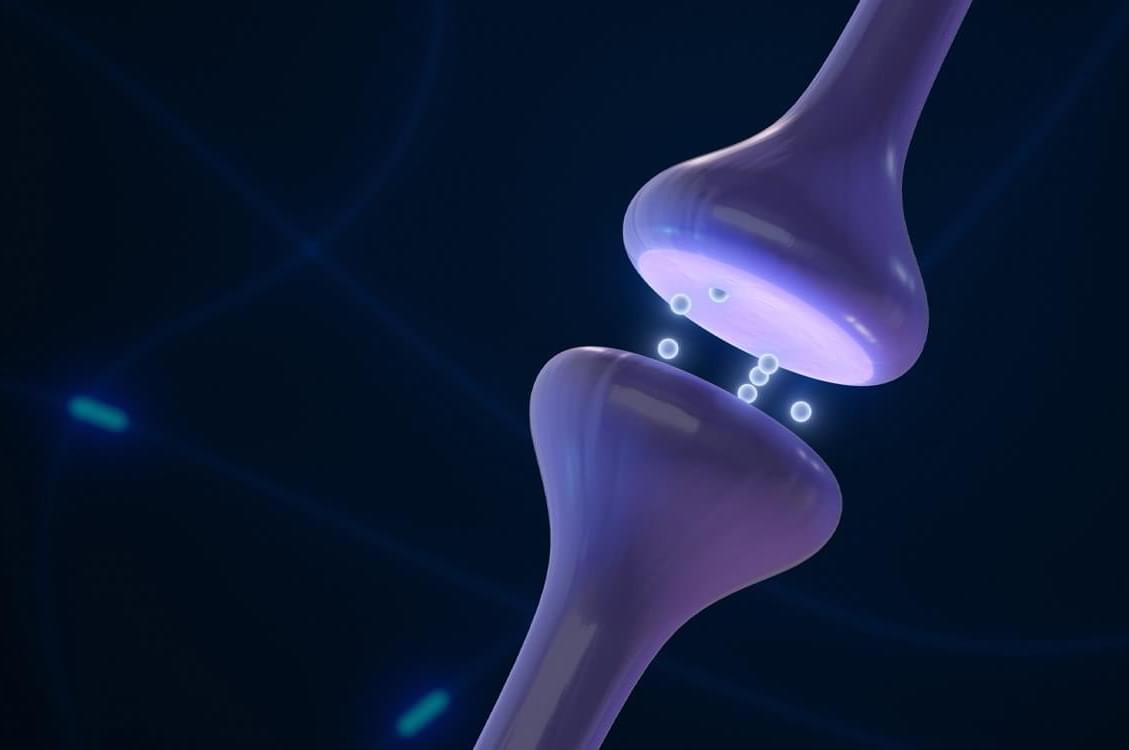A strange kind of geometry governs how particles move inside matter. Now, for the first time, physicists have uncovered its full shape – and it could transform how we design materials



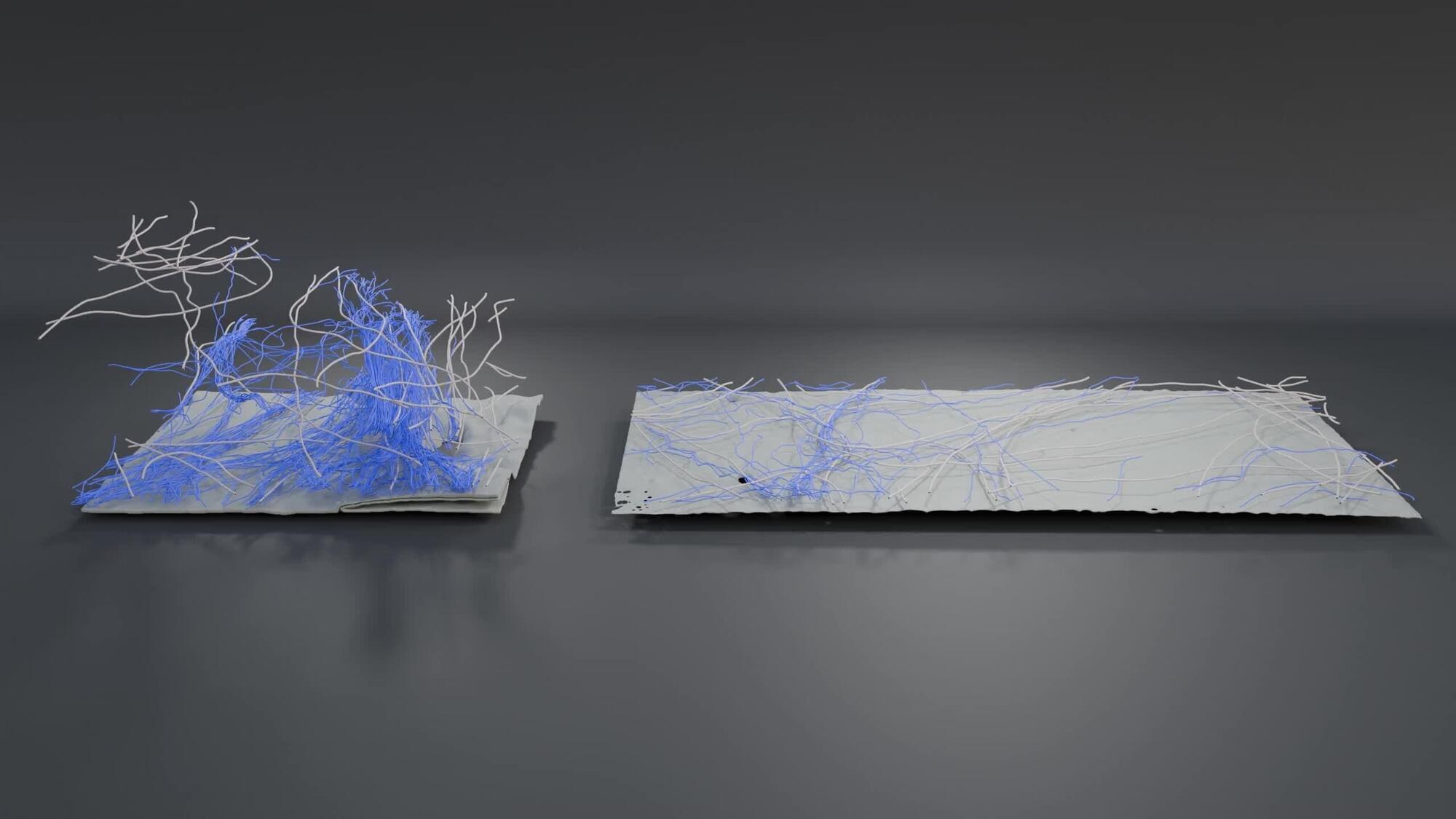
Scientists at Feinberg are reshaping scientific understanding of the cell’s tiniest components—structures once thought to be static, now revealed to be dynamic engines of cellular life. As they probe the inner workings of cells, they are not only expanding understanding of cellular processes but also paving the way for novel therapies and diagnostics.
Recent research led by Vladimir Gelfand, Ph.D., the Leslie B. Arey Professor of Cell, Molecular, and Anatomical Sciences, and Sergey Troyanovsky, Ph.D., professor of Dermatology, and of Cell and Developmental Biology, has illuminated new roles for cytoskeletal filaments and intercellular junctions, while a separate study by Brian Mitchell, Ph.D., associate professor of Cell and Developmental Biology, has identified a novel mechanism that protects epithelial cells from damage.
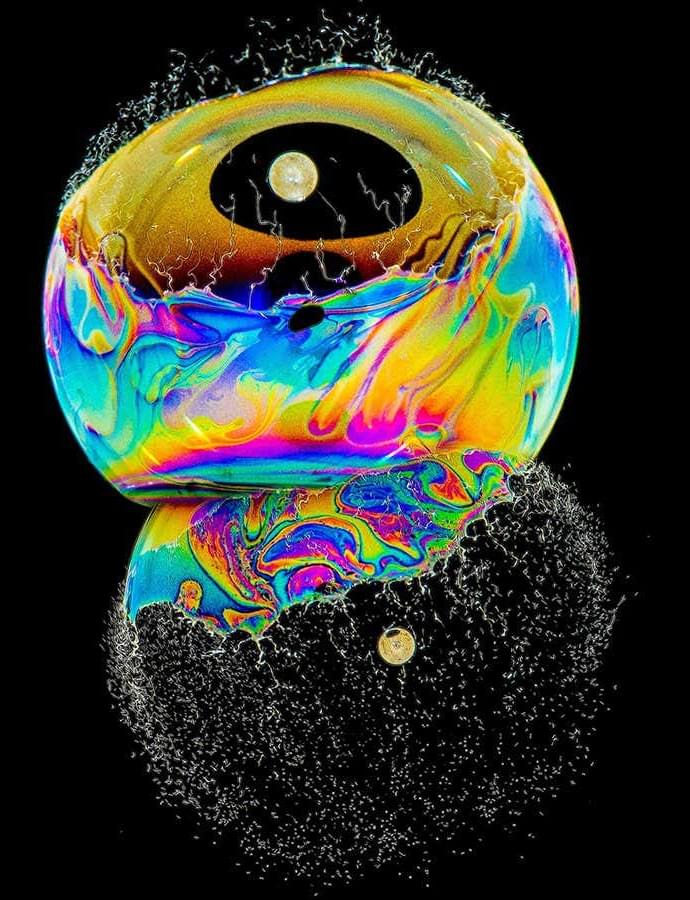

A lack of soap is the most often reported barrier to effective hand hygiene—key to curbing the spread of infection—in shared community spaces, such as households, schools, and public places, finds a systematic review of the available research, published in the open access journal BMJ Global Health.
It found that the barriers most often reported concerned physical opportunity, such as the availability of soap, and lack of motivation— hand hygiene not prioritized, or not habitual practice, for example. On the other hand, the enablers most often reported being aligned with motivation in the form of habitual practice and perceived health risk.
A further systematic review found that most of the reported efforts to improve handwashing didn’t always address identified barriers or enablers to ensure behavioral sustainability, nor did they fully consider the fundamental resources needed for hand hygiene, such as soap, water, and handwashing facilities.
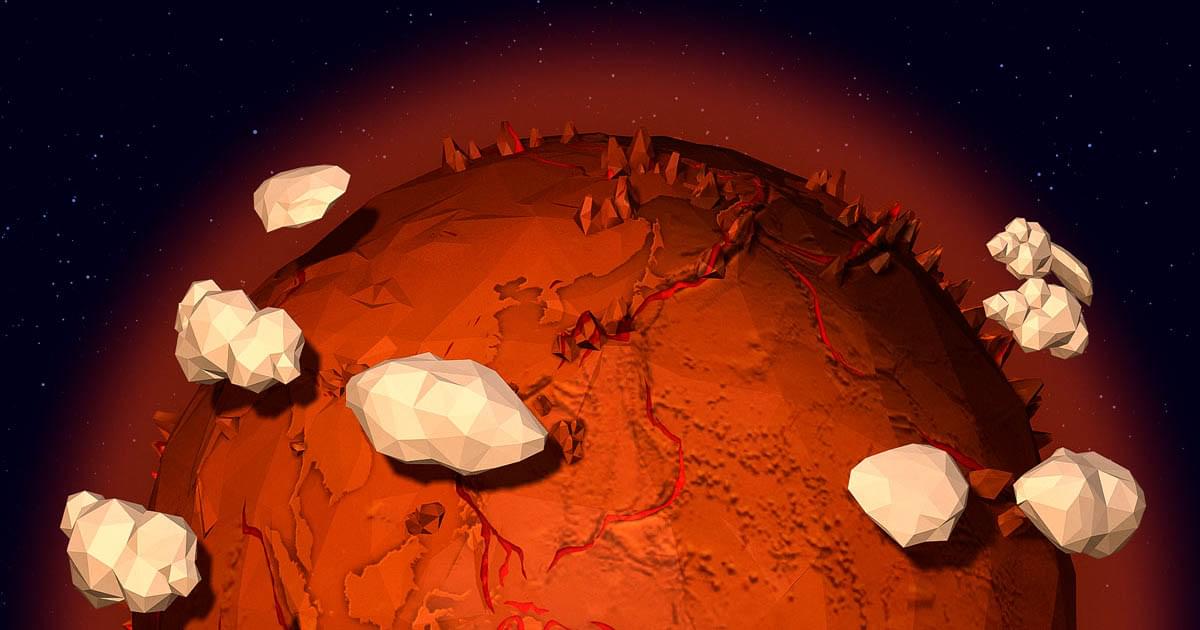


As AI becomes more integrated into our lives, building it with privacy at its core is a critical frontier for the field. Differential privacy (DP) offers a mathematically sound solution by adding calibrated noise to prevent memorization. However, applying DP to LLMs introduces trade-offs. Understanding these trade-offs is crucial. Applying DP noise alters traditional scaling laws — rules describing performance dynamics — by reducing training stability (the model’s ability to learn consistently without experiencing catastrophic events like loss spikes or divergence) and significantly increasing batch size (a collection of training examples sent to the model simultaneously for processing) and computation costs.
Our new research, “Scaling Laws for Differentially Private Language Models”, conducted in partnership with Google DeepMind, establishes laws that accurately model these intricacies, providing a complete picture of the compute-privacy-utility trade-offs. Guided by this research, we’re excited to introduce VaultGemma, the largest (1B-parameters), open model trained from scratch with differential privacy. We are releasing the weights on Hugging Face and Kaggle, alongside a technical report, to advance the development of the next generation of private AI.
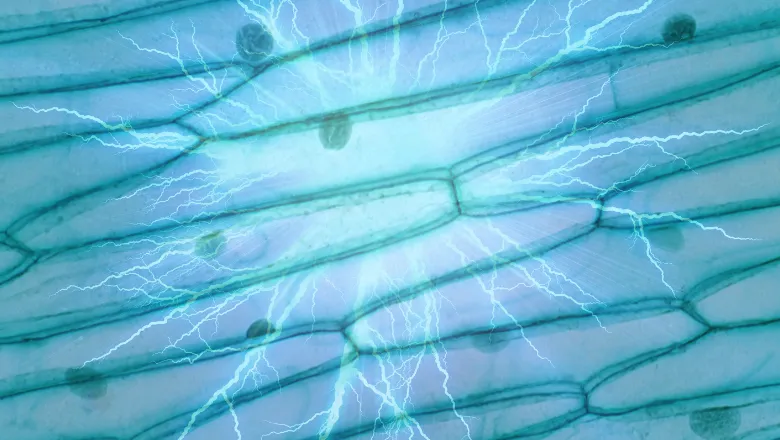
Scientists have discovered that the protective cell layers lining our organs operate like an electrical surveillance system, using lightning-like flashes to identify and eliminate their most energy-depleted neighbors. This cellular quality control mechanism, revealed in a new Nature study, could reshape our understanding of diseases from cancer to stroke.
The research team from King’s College London and the Francis Crick Institute uncovered this process while studying epithelial cells – the tightly packed cellular barriers that line every organ in the human body. These cells constantly turnover to maintain healthy protective layers, but researchers had long puzzled over which specific cells get selected for elimination in crowded tissues.
Using specialized microscopy, the scientists noticed something unexpected: brief, lightning-like electrical flashes around cells just before they were squeezed out and died. This electrical signature, they discovered, wasn’t random but represented a sophisticated energy-sensing mechanism that targets the cellular equivalent of the weakest links.
